Scientific Breakthrough Reveals Venus Is Very Different Than We Thought
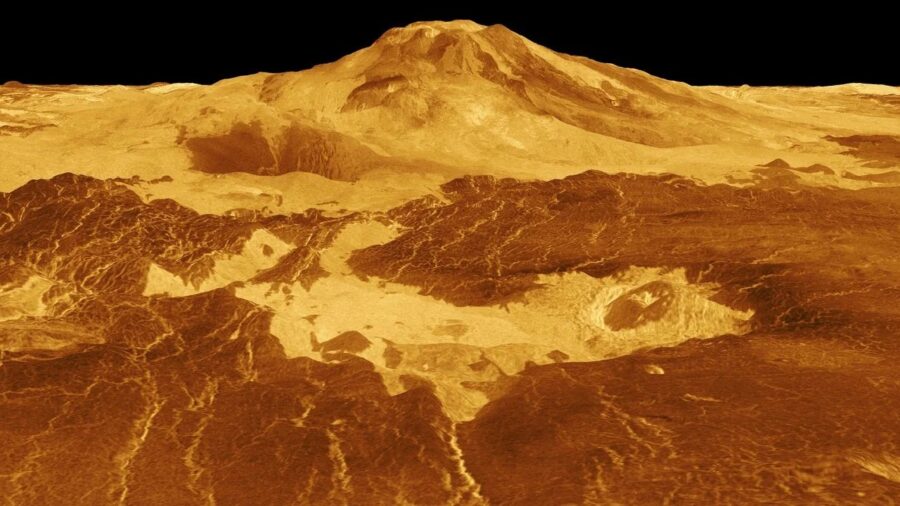
Space is constantly surprising us in some exciting, thrilling, and oftentimes terrifying ways as we get a better grasp on the cosmic goings on. While Mars has been in the news a lot recently for massive scientific discoveries, today it’s all about Venus as new information reveals that the planet is covered in thousands of volcanoes and some of them may still be active today. It always helps to get a fresh set of eyes on something and that’s precisely what led to this discovery when radar images from more than three decades ago were given another peek only to reveal the volcanic wonder.
The Magellan
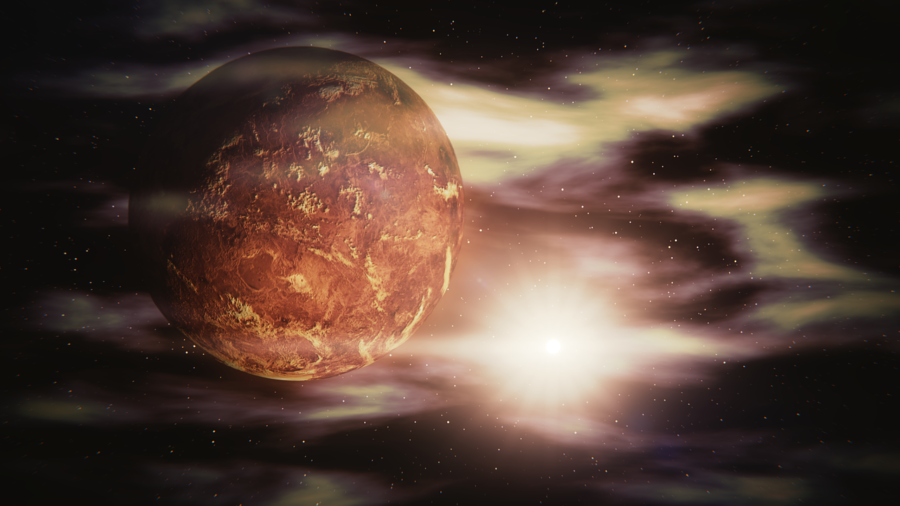
Back in the early ‘90s, the Magellan spacecraft was doing a beautifully diligent job of capturing plenty of coverage of the second planet from the Sun, and that work is paying off all over again. The Magellan’s mission photographed evidence that now led scientists to believe that Venus was volcanically active between 1990 and 1992.
After taking care of the task at hand, NASA’s Magellan had a hero’s farewell and – almost like a space Viking burial – tumbled off into the planet’s atmosphere in 1994.
A Better Understanding
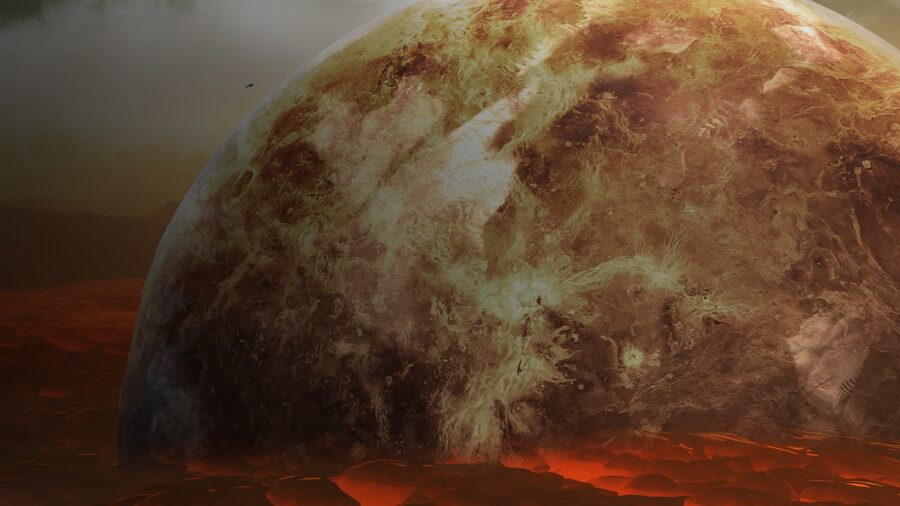
Since Magellan’s epically poignant demise, the teams over at NASA haven’t sent any other spacecraft to specifically study Venus. Presumably, the bright minds had bigger fish to fry and viewed Venus as somewhere not worthy of deeper study as opposed to Mars, the planet which we’ve always seemed most fascinated with.
Now, more than 30 years later, the radar images snapped by Magellan are helping researchers better understand the volcanically covered planet.
The Age Of The Images
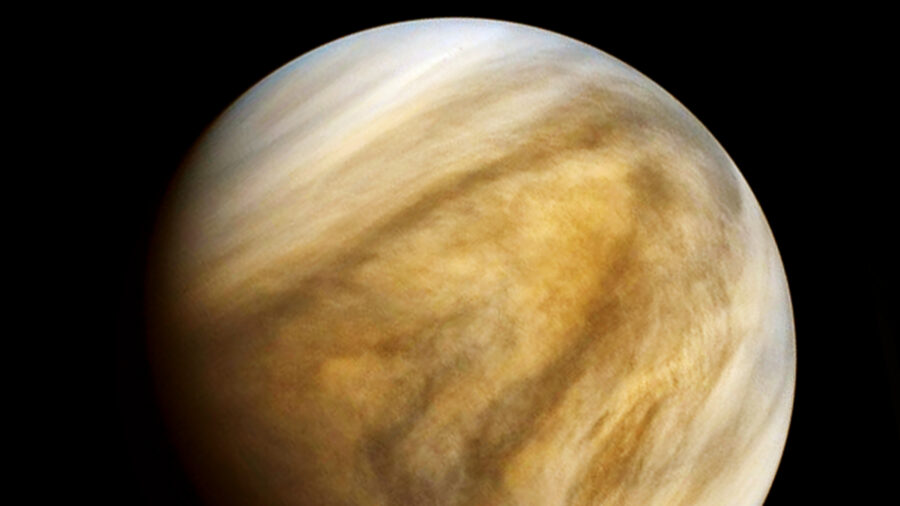
Some of us of a certain age may have already plugged our ages into the time when Venus was being studied by Magellan and that’s precisely the connection that Davide Sulcanese, a graduate student at the Università d’Annunzio in Italy, made for his paper on the planet’s lava flows.
At 32 years old, Sulcanese is the exact same age as the radar images captured by Magellan which gives him and his similarly aged team an extra pull to the research.
The New Study
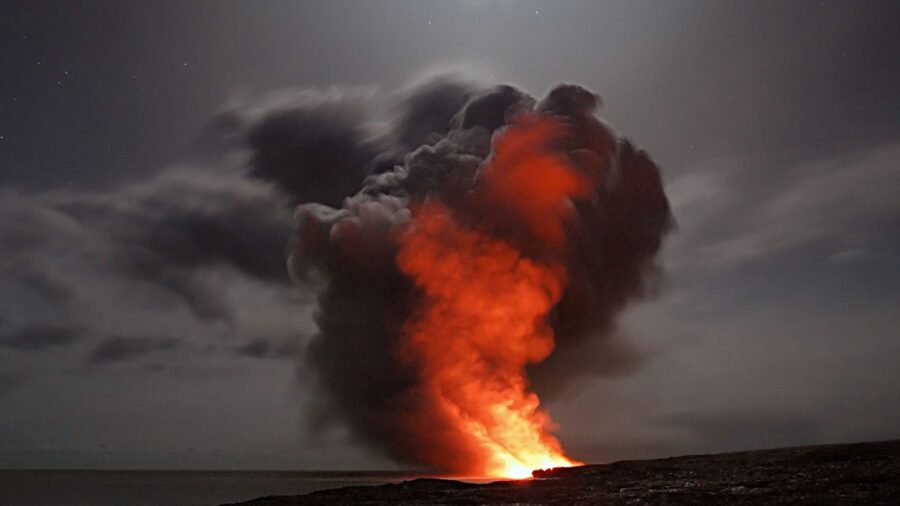
Upon beginning their study, Sulcanese and the rest of his team spotted two areas on Venus that likely had what they were looking for. One was the western side of Sif Mons (one of the planet’s many volcanoes) and the other was found in western Niobe Planitia – a lowland area bustling with volcanic activity.
While these two areas have been studied by other scientific teams in the past, Sulcanese and his team uncovered plenty of signs pointing to fresh lava flows in both places.
Venus Is Still Changing
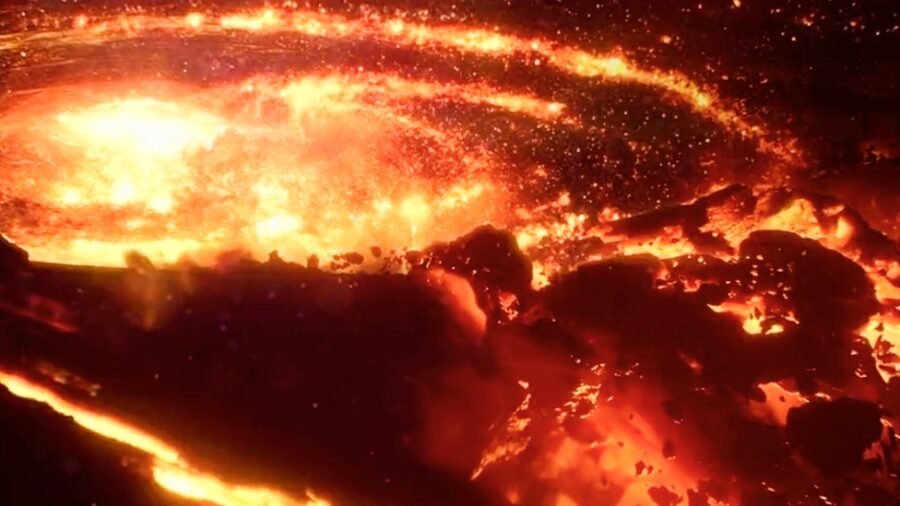
The latest discovery of recent lava flow on Venus breaks the door wide open on a new interest in studying the planet that had been getting the cold shoulder for so long. Earlier this year, researchers located a volcanic vent on the planet that wowed them by proving the planet is still changing year after year.
This also points to the planet still bursting with plenty of lava from its multitude of vents.
Studying Venus will only better help scientists understand Earth which is probably why NASA is finally sending a new mission – VERITAS – to the volcanic planet over the next few years. Essentially what we’re saying is – move over, Mars. There’s a new favorite in town.











